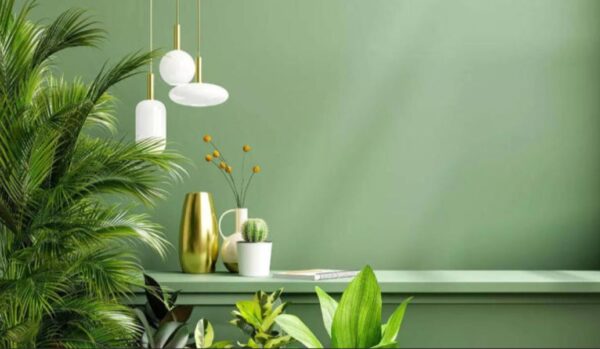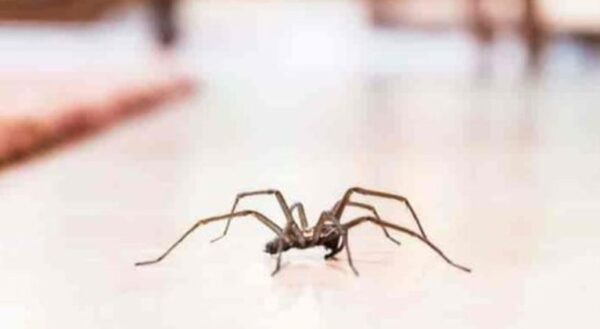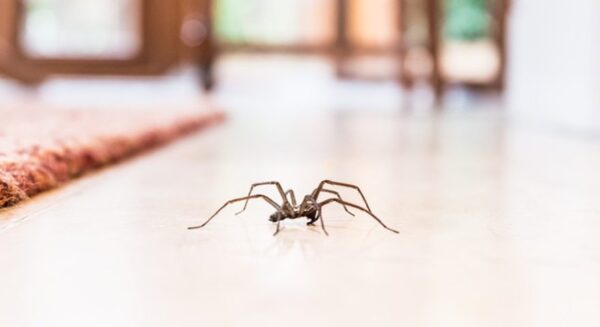Lifestyle
9 indoor plants you should not keep at home

Not all houseplants are as harmless as they look.
While indoor greenery can brighten up your space, clean the air, and boost your mood, some plants may pose unexpected risks.
Certain varieties are toxic to pets and children, trigger allergies, or attract pests and mould. Others can be difficult to care for or symbolically linked to negativity.
If you’re planning to decorate your home with plants, it’s worth knowing which ones to avoid.
These are nine indoor plants that may not be the best choice for your home, no matter how attractive they seem.
Avoid these 9 indoor plants if you want a healthy, happy home
1. Cactus
Cacti are popular for their low maintenance and aesthetic appeal, but they come with sharp thorns that symbolise negative energy in Vastu. These thorns are believed to cause arguments, stress, and tension among family members. While some feng shui practices say cacti can ward off intruders when placed outside, they are best avoided inside living spaces, especially in bedrooms or near entrances.
2. Caladium (Elephant ear plant)
Caladium, known for its colourful, heart-shaped leaves, contains calcium oxalate crystals that are toxic if ingested. This makes it dangerous for households with pets or small children. Even touching the plant can cause skin irritation in sensitive individuals. Aside from the health risk, its high maintenance needs and moisture sensitivity make it a poor indoor choice.
3. Cotton plants
Cotton plants may seem decorative, especially with their fluffy white blooms, but they are not recommen ded indoors. According to traditional beliefs, they are associated with poverty and misfortune. Additionally, dried cotton can attract dust, mould, or pests like mites, potentially triggering allergies or affecting indoor air quality.
4. Babul plant (Acacia nilotica)
Though valued in traditional medicine, the Babul tree is not considered auspicious for indoor spaces. Vastu Shastra discourages keeping thorny plants like Babul at home, as they are believed to attract discord and conflict. Its strong thorns are also physically hazardous, especially in households with children or pets. Plus, it requires full sunlight and outdoor space to thrive, making it unsuitable as a houseplant.
5. Dead or dying plants
6. Dieffenbachia (Dumb cane)
This common indoor plant is often chosen for its large, attractive leaves. However, Dieffenbachia contains toxic compounds called calcium oxalate crystals. If ingested, it can cause burning sensations, swelling in the throat, nausea, or even breathing issues. It’s particularly dangerous for pets and small children who may chew on the leaves. While it’s easy to grow, its toxicity makes it risky indoors.
7. Banyan tree (Ficus benghalensis)
While the banyan tree is sacred in many Indian traditions and temples, it is not suitable for indoor growth. According to Vastu, keeping a banyan tree at home can hinder progress and create stagnation. Its expansive roots symbolise entanglement, which may energetically affect the flow of positivity indoors. Moreover, it requires a lot of space and sunlight, something most indoor environments can’t provide.
8. English ivy (Hedera helix)
Though beautiful as a hanging or wall plant, English ivy is considered invasive and toxic. It contains saponins that can cause skin irritation or gastrointestinal issues in pets and people. Additionally, if not regularly maintained, it may attract pests like spider mites and scale insects. In Vastu, plants that creep or climb without support are thought to bring instability and unpredictability.
9. Lilies
Lilies are elegant and fragrant, but many varieties, especially peace lilies, Easter lilies, and tiger lilies, are toxic to pets, particularly cats. Even a small amount can cause kidney failure or severe illness. Some lilies also exude pollen that can stain furniture or trigger allergies in sensitive individuals. From a Vastu perspective, their association with funerals in some cultures may also symbolically invite grief or sorrow.
While indoor plants can improve well-being and aesthetics, it’s essential to choose them wisely. Plants like Babul, cactus, and cotton may look harmless but could introduce negative symbolism, allergies, or toxicity into your home. Always consider your household needs, pet safety, and the energetic balance you wish to maintain. By avoiding these nine plants and opting for Vastu-friendly, non-toxic alternatives like bamboo, money plant, or areca palm, you can create a safer, more harmonious indoor environment.










